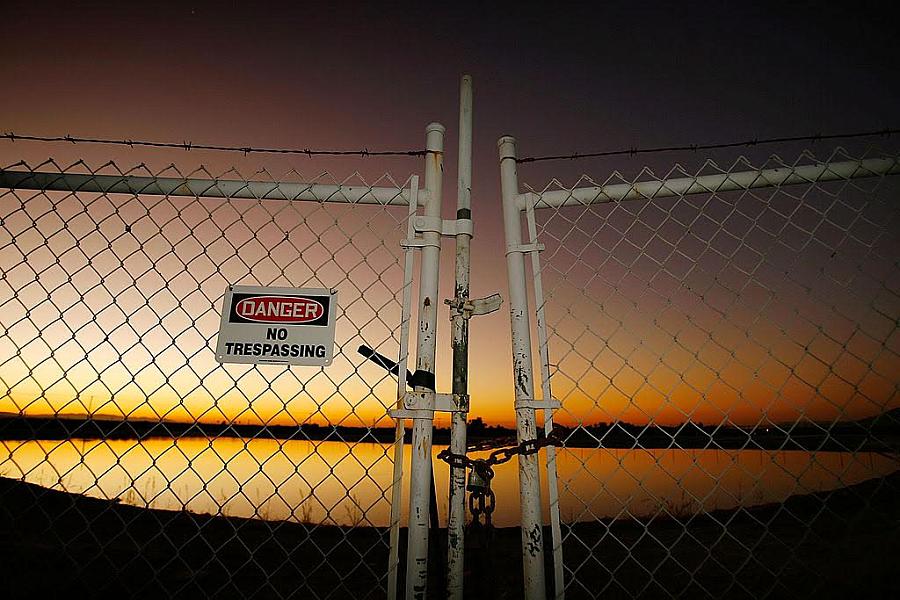In California’s Eastern Coachella Valley, promotores help residents take on environmental hazards

As journalists, we often run the risk of missing the forest for the trees. In our effort to condense and explain, we tend to focus on what’s new about a particular issue. We try to zero in on developments that haven’t yet been covered by other outlets. Editors will typically scrutinize our reporting, asking for more specifics along that question I dread the most: “Why should we care?”
Back in 2010, I knew I cared about the environmental health issues I’d begun to come across in my reporting in Southern California’s Eastern Coachella Valley. What I didn’t yet know was how, in the process of telling this particular story, I was a missing a bigger, more nuanced reality.
Thanks to a Center for Health Journalism fellowship, I got the chance to spend a couple of months traveling back and forth to this remote agricultural region where residents were dealing with the possible impacts of living near — or even right next to — hazardous waste. I was struck by the situation at Lawson Dump, an illegal site that for years incinerated trash containing dangerous amounts of arsenic, PCBs, asbestos, dioxin, and other toxic materials. Next door to the dump, a trailer park within a 40-acre site housed thousands of people in substandard conditions, most of them migrant farmworkers.
“This is where nearby farms disposed of grape stakes covered in pesticides — where people discarded their old cell phones and computers,” Eduardo Guevara said when he first took me to see the site. A local activist, Guevara had been trying for years to draw the attention of local, state and federal authorities. “We knew people burned trash here, but we didn’t know it was that bad,” he said. There was barely any research being done in these low-income farmworking communities, and no scientific evidence linking the dump to the area’s health problems, such as a high incidence of asthma and chronic kidney disease.
The story I reported then was one of environmental injustice, focused on the people — immigrant and migrant farmworkers — who were wary of speaking out due to fear of losing their livelihoods.
Seven years have passed since I published my series on the Eastern Coachella Valley. Much has stayed the same. But a lot has changed in small, incremental and important ways.
Self-taught community health workers like Guevara are now speaking loudly, either as residents or regular visitors to many of the mobile homes where farmworkers live. Promotores, as they’re called, are part of an old tradition south of the border. Unlike American health care workers, promotores are typically unpaid and self-taught members of a community not served by the traditional medical system.
"We are trusted in our communities because we are from here and we are always educating ourselves on what people need and want,” said Griselda Barrera, a former chili picker who is currently recruiting a board of directors for her future organization, the first promotora nonprofit of the Eastern Coachella Valley. "Promotoras want to change the system.”
It’s a tall order: Most promotores — or promotoras, as they tend to be women — have no medical training and often work on a volunteer basis, collaborating with outside organizations or conducting surveys for research institutions. When I met with her this spring, Barrera was eager to figure out a way to spread more self-awareness among residents about health conditions such as diabetes and asthma; to encourage them to focus on prevention, and to become more civically engaged.
Rather than wait for the county government to respond to various environmental conditions, I found that promotores are now part of an effort to come up with homegrown answers. One such example is the Eastern Coachella Valley Environmental Justice task force, made up of community-based groups and government representatives hoping to generate the missing data needed to find solutions. Researchers at the University of California, Davis and Loma Linda University have trained promotoras like Barrera alongside public health students to carry out health surveys looking at both environmental hazards and a so-called “social vulnerability index,” which includes factors such as housing quality and economic conditions. It’s the first survey of its kind.
Meanwhile, activists like Guevara have tapped into statewide efforts to improve air quality and hold local polluters accountable. One way they’re doing so is by installing air monitors inside schools and community centers. In recent years, Guevara and a wider coalition of Latino environmental activists has developed a web-based program known as IVAN or Identifying Violations Affecting Neighborhoods, which allows residents to document local environmental problems and follow up with the appropriate government agencies.
In other words, homegrown solutions like IVAN are enabling neighbors to become citizen scientists, to figure out a way to help themselves.
“I’d like it to be made up entirely of other promotoras, like myself,” said Barrera, speaking of her dream to start a local organization. “By women who are out there already, signing up their neighbors for Medicaid, or volunteering during get-out-the-vote drives.” Perhaps because of the history of environmental injustice in the region, this moment, Griselda told me, is “as good as any other for people to start owning up to this place.”
Photo: David McNew/Getty Images

